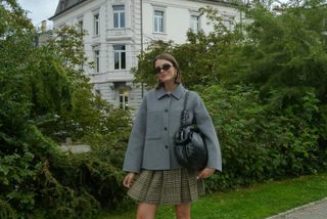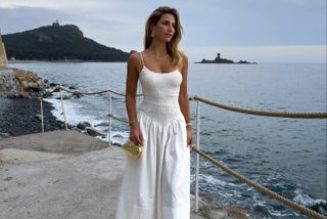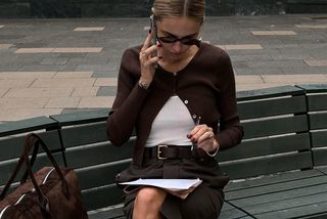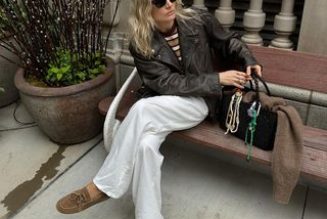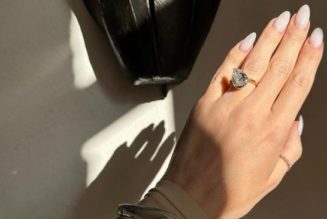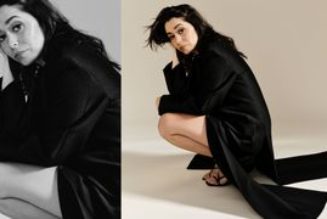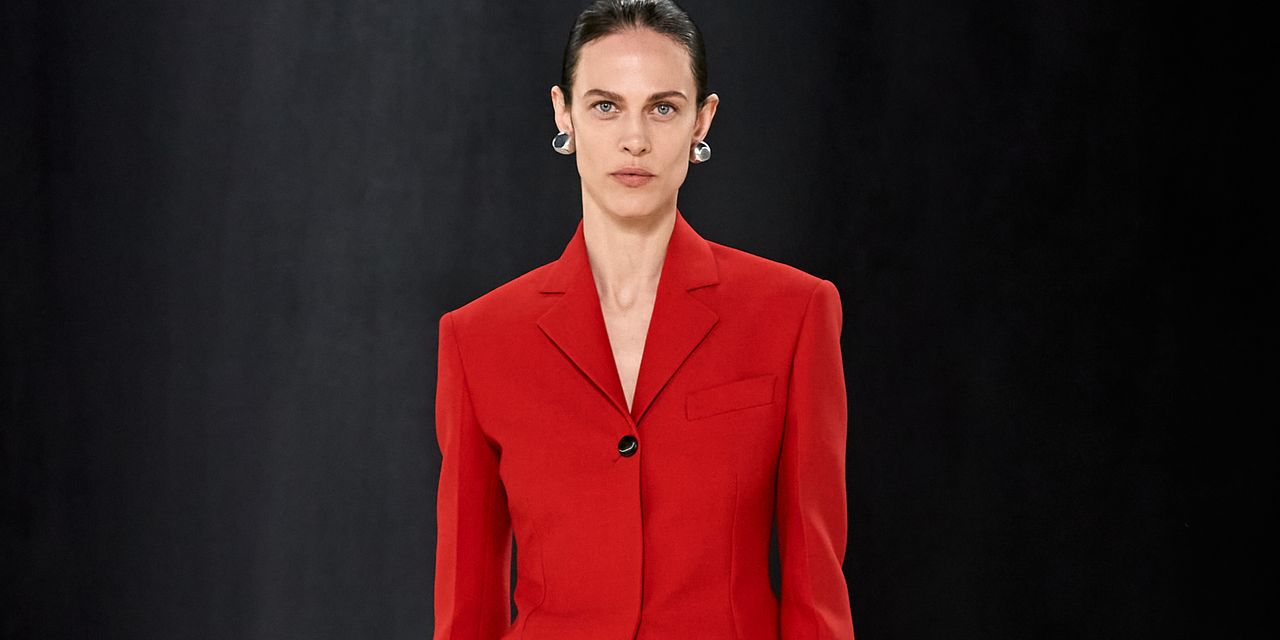
At the fall/winter collections in Milan, where much of the world’s luxury fashion is marketed, money was on everyone’s minds. Will the luxury industry contract along with the economy—or will it manage to churn out clothing that is recession-proof? And why is this tagliatelle or that handbag so darn expensive?
But in other ways, fashion is an island. With prices at luxury brands rising in recent years—some, like Chanel, eye-poppingly so—the resilience in demand makes fashion feel a world apart from economic anxieties. “We haven’t encountered any resistance yet” said one luxury executive that I spoke with about raising prices. At shows, people still peacocked for mobs of photographers in alarmingly revealing ensembles; Kim Kardashian showed up to Dolce & Gabbana with her entourage wearing a reworked scarlet crystal bra top; and Prada literally raised its roof to reveal tens of thousands of fragrant lilies on the orange columns above its runway.
So, two moods are at play: austerity and exuberance—sometimes within the same brand.
At Gucci, which is between designers, the orphaned team put on a slap-happy show of Gucci references past and present—a Pinterest board put through a blender: flashy Y2K bags, visible thongs and fluffy faux-fur coats, but also slouchy suiting. Gucci’s incoming creative director Sabato De Sarno, who is Valentino’s former fashion director, has his work cut out for him when he arrives in May to succeed Alessandro Michele, with his first show happening in September. With Kering’s €10 billion baby on his back, what’s the best way forward during challenging times?
These four brands may offer some clues:
Prada: Lowering the limbo bar with savoir-faire
Now three years into their co-creative direction of Prada, Miuccia Prada and Raf Simons have hit their stride with what many are saying is their best collection together yet. The brand’s slightly off-kilter heroines—Dua Lipa, Hunter Schafer and Thuso Mbedu, to name a few—crowded onto benches to watch a show full of sensory delights, from the scent of lilies in the air to the stiff floral appliqués on bridal-inspired white skirts. Still, nothing looked too precious: The skirts were casualized with wool crew-neck sweaters.
The brand proposition this season is pieces that have the longevity of classics, but also that you have never seen before. That can mean: long and short duffle coats, in workaday navy with practical toggles, that are transformed by sculpted couture-ish domed backs. Or classic black leather pumps (like the ones worn by Mrs. Prada to take her bow) with an unexpected triangular shape on the toe box. Wool blazers come with button-off pointed and knitted collars. Although Prada’s prices now rival Chanel’s as some of the more vertiginous in the luxury industry, its two legendary designers are making poetic clothing worthy of wearing and saving.
Ferragamo: Fresh energy for a formerly fuddy-duddy brand
For his second collection for the stalwart Florence- and Milan-based brand Ferragamo, 27-year-old British designer Maximilian Davis showed a confident, clean men’s and women’s collection that proved his mettle. The tailoring, one of the young designer’s specialties, was particularly strong, with looks like a men’s houndstooth coat and matching pants, and a sharp red suit for women. The colors—navies, scarlet, cream and plenty of black—will appeal to more customers than the offbeat 1980s shades offered at Burberry or Coach. Betting on tailoring is smart, as everyone needs a good suit and coat, and these are pieces that can be worn at least once a week.
The bags, too, were ultraclean and minimalist, in simple flat shapes and mostly in glossy leather. But some of the high women’s sandals and pumps with sculpted heels felt fussy and unwearable. There’s still a huge opportunity for the brand to create desirable everyday shoes—especially as the creator of the classic bow flat. As the brand’s CEO Marco Gobbetti
said a few months back, “This brand is built on leather goods and shoes. So clearly those will be somehow the economic engine and the volume engine of the company.”
Bally: Manifesting the good life
Rhuigi Villaseñor, the energetic Los Angeles designer behind multimillion-dollar brand Rhude who was tapped last year to reinvigorate the snoozy Swiss house Bally, isn’t afraid of a little strategically placed drama. His fall men’s and women’s show was delayed for over half an hour as the press team whispered anxiously into their headsets: “How many minutes?” (Everyone’s guess? That Rihanna was en route. The actual tardy guests? Adrien Brody and designer Georgina Chapman in a silk revenge dress—potent timing as news circulated of her ex-husband Harvey Weinstein’s sentencing.).
A tabloid-inflected opening fits for a brand pitching a new kind of glamour, one that both buys into and winks at tropes of sexiness and opulence.
In an interview, Mr. Villaseñor said the collection was a “wild ride” which was ultimately about “the rich history and heritage of Bally, which I experimented with and put my own spin on.” With their thigh-high boots and miniskirts and fluffy colored faux furs, his women are characters from a 1970s Martin Scorsese film who’ve just hit it big in Vegas or Monte Carlo.
Even during an uncertain economy, some folks are winning and want the clothes to show it. Like the man in the front row wearing a baseball cap—from Bally—that read “St. Moritz.”
Bottega Veneta: Luxury through craftsmanship, with a healthy dose of chaos
A Bottega Veneta runway show, under creative director Matthieu Blazy for three seasons now, has the same aesthetic allure as a trip to a Frieze art fair. It’s all unexpected colors and fabrications, a cast of characters that ranges in age and style, and accessories that make you want to look closer and give compliments. Think: a mint-green gown patterned with rubber wavy swirls, a voluminous coat that looks like a mix of stracciatella gelato and a Dalmatian.
Mr. Blazy’s novel signature is trompe l’oeil clothing that appears to be one thing—jeans, or a pinstriped oxford shirt—but is actually fabricated in fine leather. It’s a gimmick, but it’s also a feat that will make connoisseurs want to shell out $5,000 for nubuck pants. Less gimmicky are the intrecciato bags, many of them hand-woven with a funkiness that feels new for a brand once beloved by tidy bourgeois dames. Since November 2022, Bottega bags also boast a “certificate of craft,” meaning buyers are entitled to lifetime warranty and unlimited repairs. Take that, fickle fashionistas.
Write to Rory Satran at rory.satran@wsj.com
SHARE YOUR THOUGHTS
What were your favorite moments from Milan fashion week? Join the conversation below.
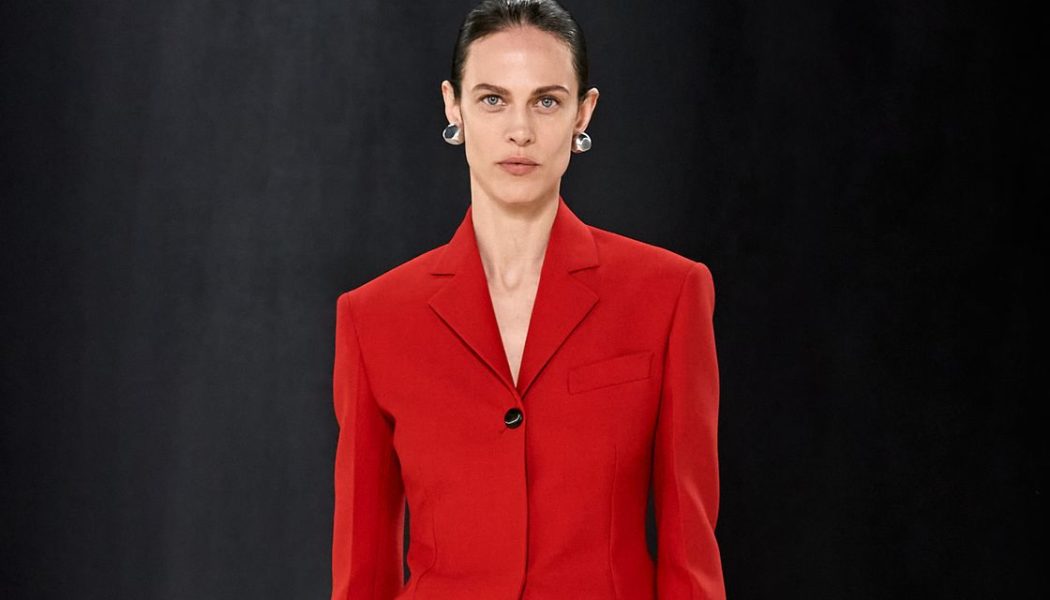
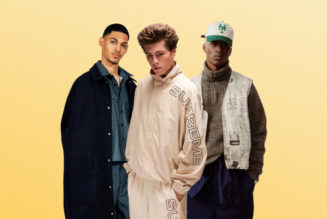
![[CHRONICLE] How can luxury brands combat dupes? - Luxus Plus](https://www.wazupnaija.com/wp-content/uploads/2024/04/chronicle-how-can-luxury-brands-combat-dupes-luxus-plus-327x219.png)
